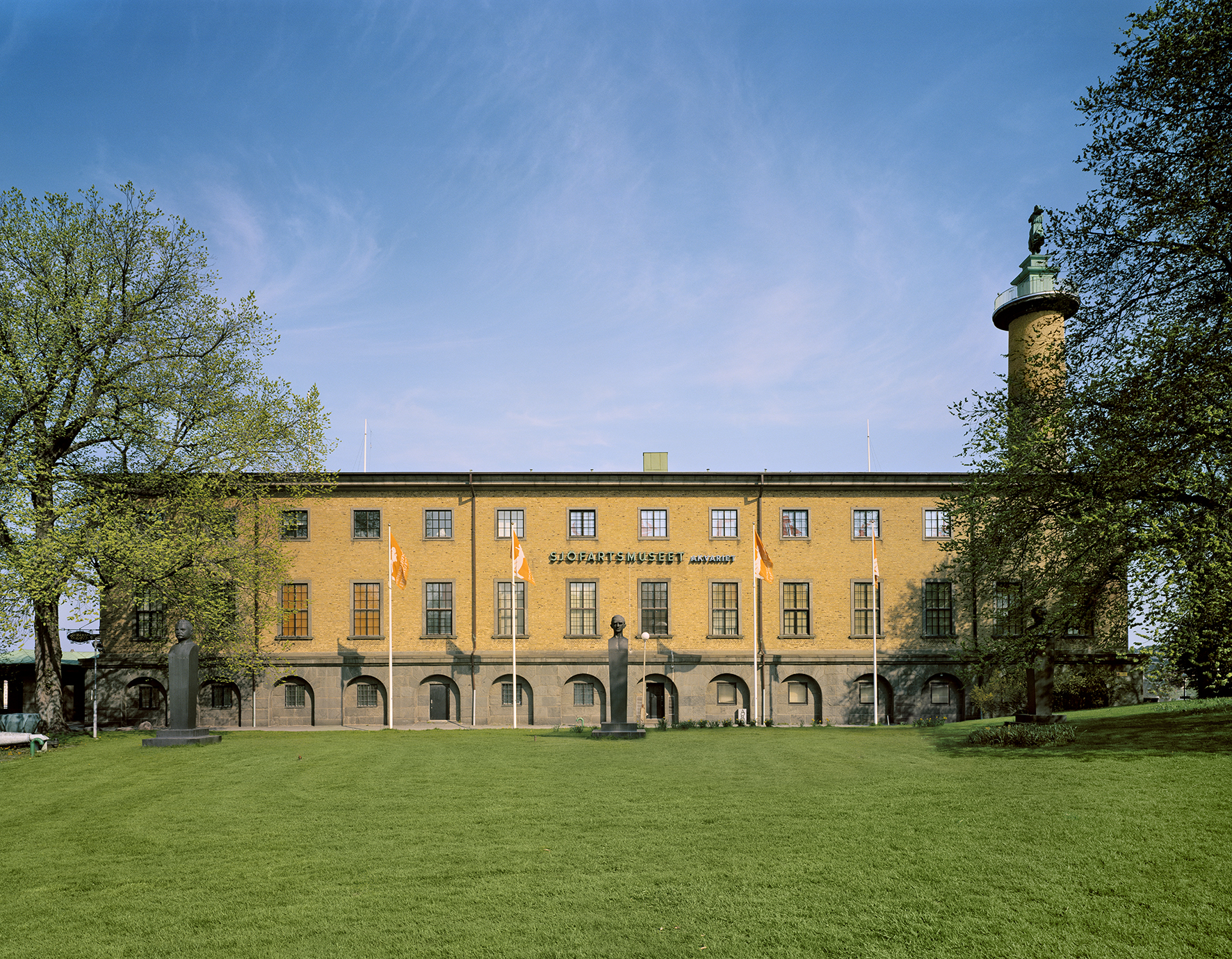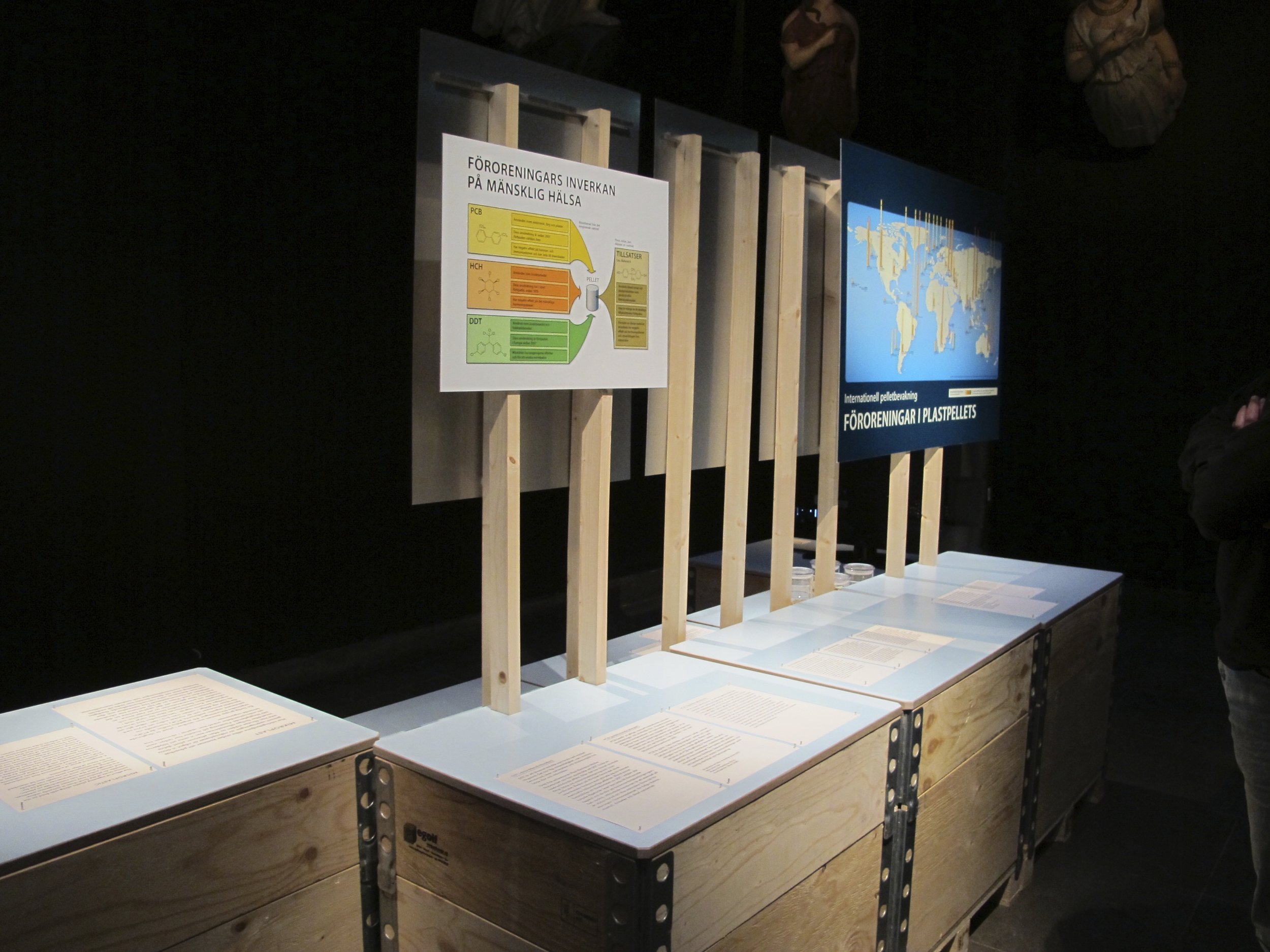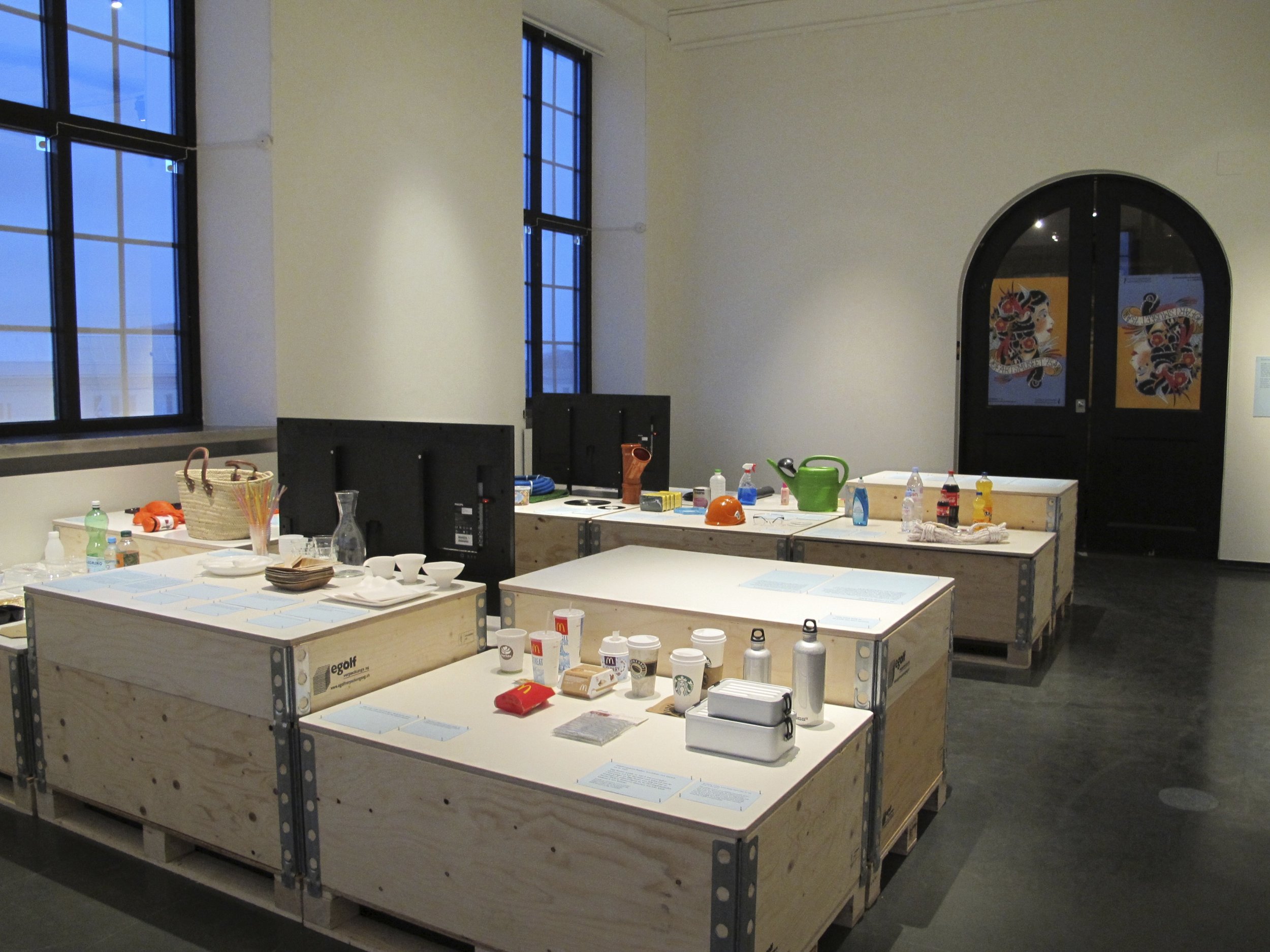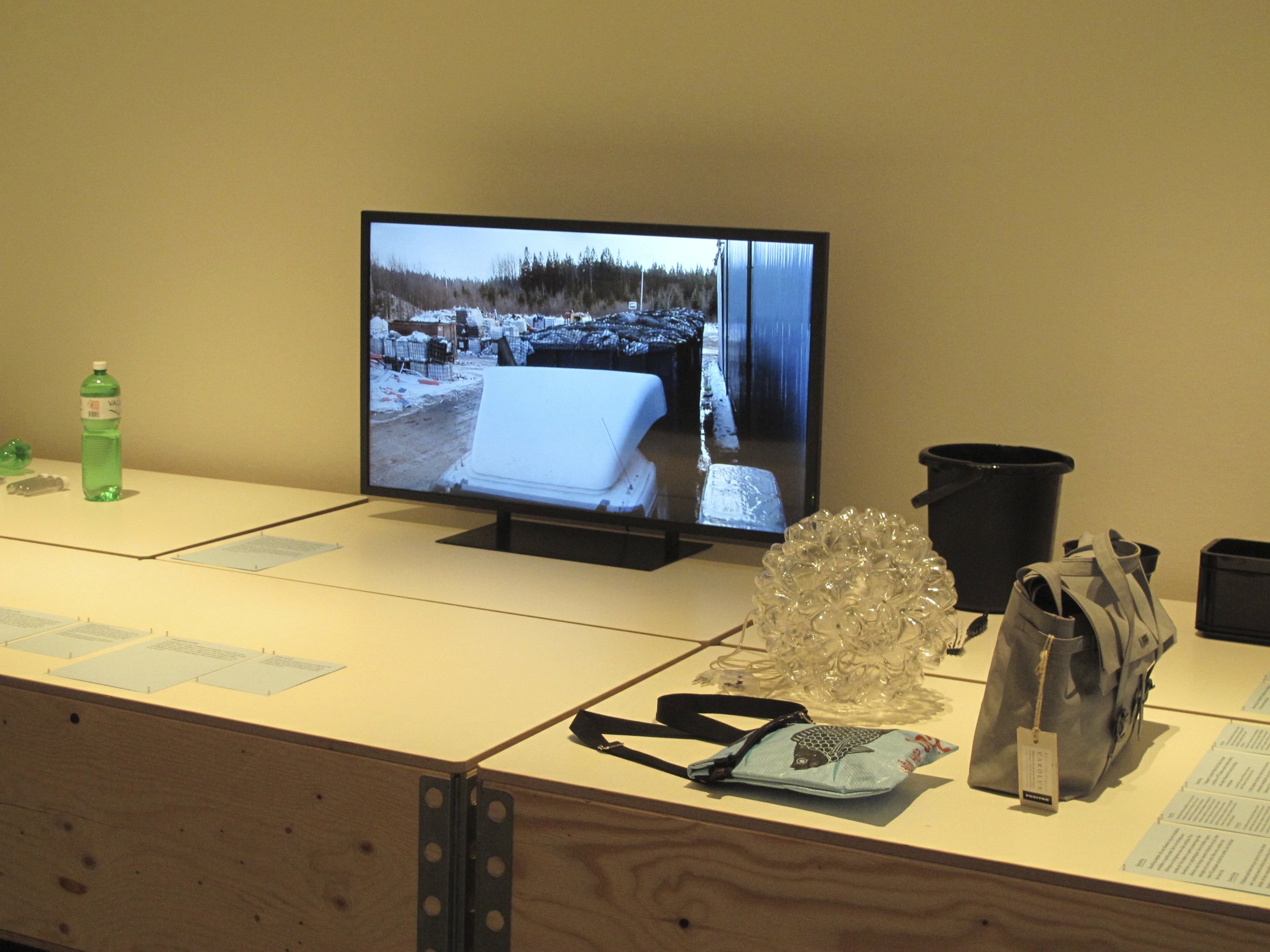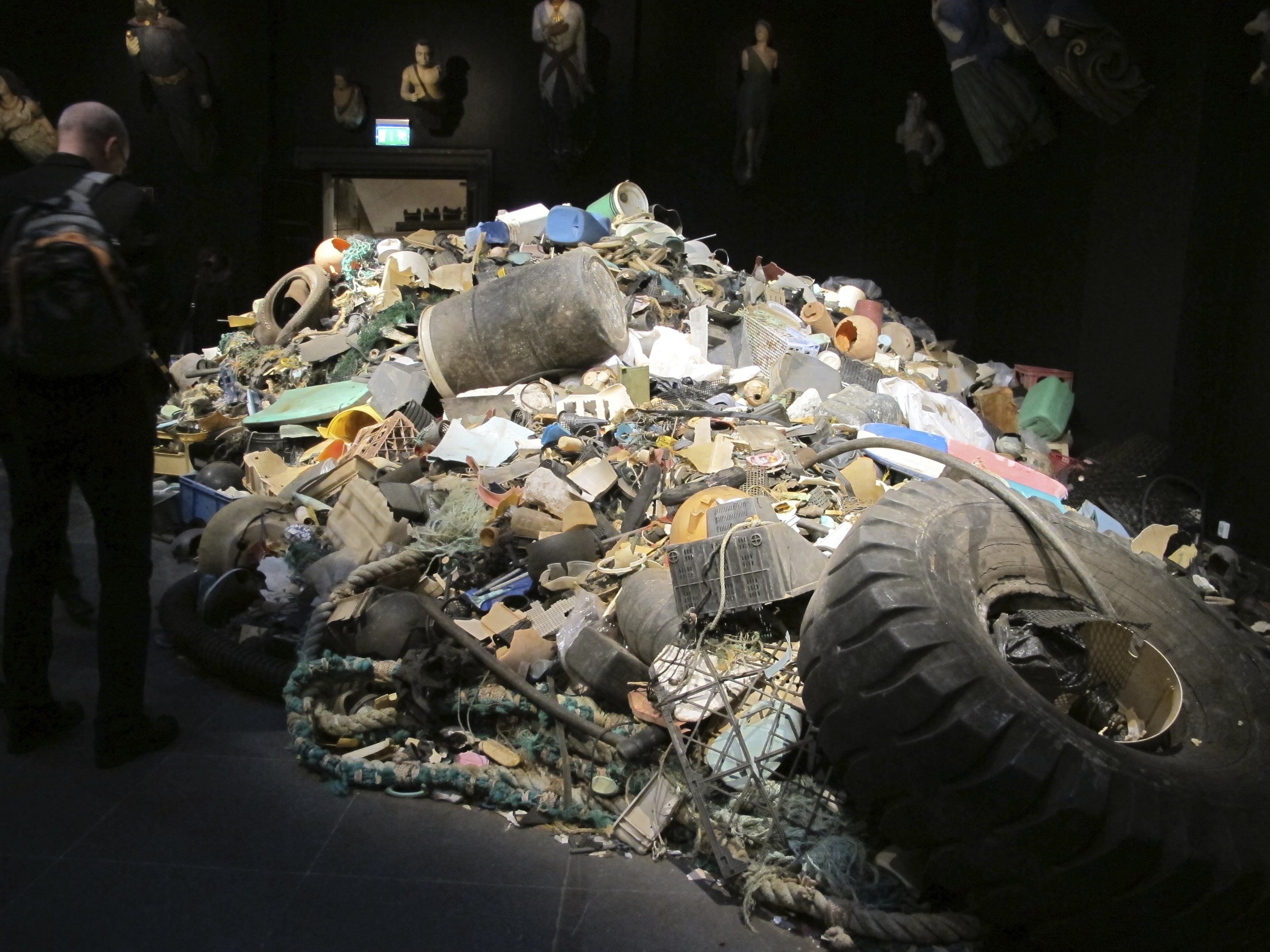Sjöfartsmuseet Akvariet Göteborg
Gothenburg, Sweden
22 February – 18 May 2014
Plastic has become a natural part of our everyday life – but with an unnatural place in nature.
What happens when plastic becomes rubbish, ends up in the sea and is washed onto the shores? The international exhibition "Out to Sea? The Plastic Garbage Project" makes its second and final stop in Sweden at the Maritime Museum Aquarium. The exhibition investigates the advantages and disadvantages of plastic and its role for people and in nature.
Plastic at large
Every year more than 6.4 million tons of rubbish ends up in the sea. Along the Bohus Coast alone, one cubic meter of rubbish is washed up every hour of every day of the year. The rubbish is not only unpleasant to look at, every year it also kills and injures thousands of seabirds, fish and mammals that become entangled in or eat plastic rubbish. Wind and ocean currents carry the plastic rubbish far and wide, which makes marine littering both a local and a global problem.
Plastic is a fantastic material which, during the last 100 years, has conquered the world with its many properties. But plastic rubbish has become a ticking environmental bomb. The aim of the exhibition is to highlight the problem, increase knowledge and awareness, as well as encourage change and new attitudes, says Emma Having, Head of Exhibition & Communication.
Plastic rubbish on the plate
The sea is becoming an enormous bowl of plastic soup. Today, not a single square kilometer of seawater is free of plastic particles. The traditional plastic is not biologically degradable , instead, it decomposes into ever smaller particles that eventually end up in the food chain. In the end, the plastic rubbish lands on our plates, which can result in serious consequences to our health.
An important travelling exhibition
"Out to Sea? The Plastic Garbage Project" is an international travelling exhibition produced by the Museum of Design, Zurich. It will be shown together with locally produced parts at the Maritime Museum Aquarium from 22 February–18 May. The exhibition’s installations, objects and films describe the background to the problem, while the lectures and activities present the current situation and what we can do to find alternative solutions.
The aim is to create change and reduce the amount of marine litter. The exhibition is shown in cooperation with the Clean Coast of Bohuslän Project. It is time to take responsibility for the design, production, consumption, and recycling, says Emma Having.
Clean Coast of Bohuslän is financed by the Västra Götaland Regional Council and the Swedish Agency for Marine and Water Management. Keep Sweden Tidy, KIMO Sweden, Gothenburg Municipality Environment Administration and Bohus County Water Board also support the project. The exhibition is produced by the Museum of Design with local additions by the Maritime Museum Aquarium. The project is made possible through the generous support from the Drosos Foundation.
